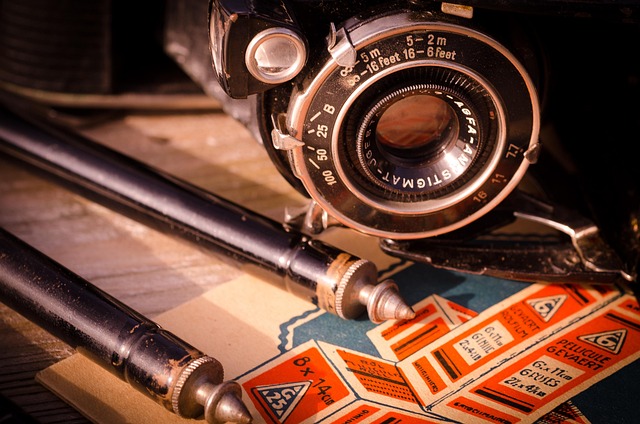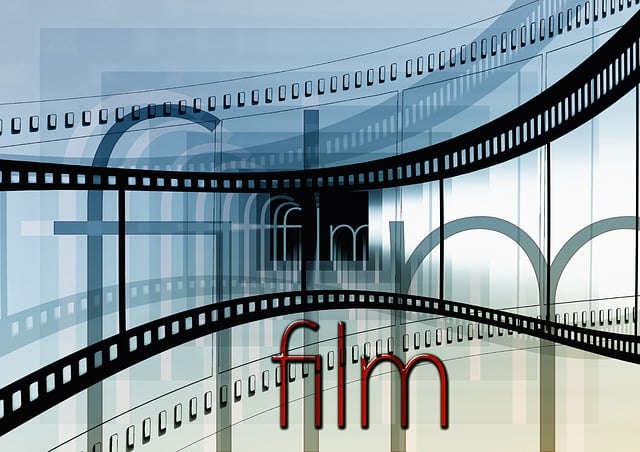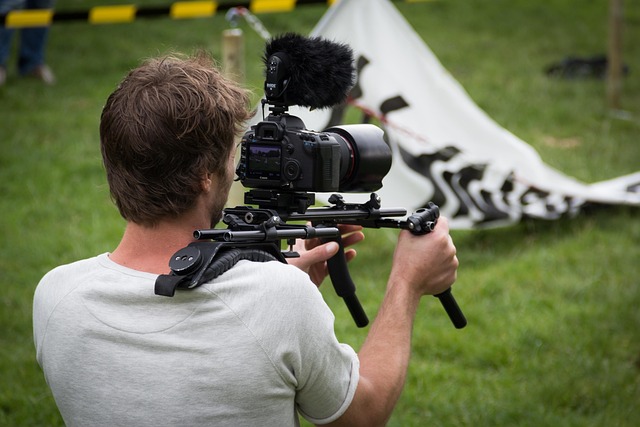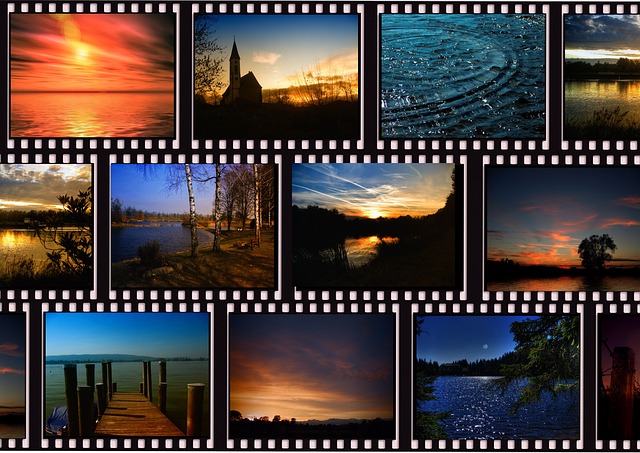
Film audio is an integral part of storytelling, encompassing dialogue, sound effects, ambient sounds, and music to create immersive experiences. Digital restoration techniques preserve vintage films' sonic integrity, while modern post-production tools enhance clarity, volume, and spatial audio for visually rich narratives. Sound design and mixing transform raw sounds into tailored atmospheres, balancing elements for a harmonious visual-audio experience. Understanding film studies fundamentals, including camera angles and editing, alongside creative strategies, is crucial for aspiring audio engineers to create impactful soundscapes.
In the world of cinema, enhancing film audio is an art that transforms raw footage into a captivating cinematic experience. This article guides you through the intricacies of the post-production process, offering insights into understanding film audio fundamentals and leveraging advanced tools for optimization. From sound design to mixing techniques, discover how to master the audio elements that bring films to life. Elevate your film projects with these essential practices.
- Understanding Film Audio: The Basics
- Tools and Techniques for Enhancement
- Mastering Sound Design and Mixing
Understanding Film Audio: The Basics

Understanding Film Audio: The Basics
Audio is an integral part of any film, serving as a powerful tool for storytelling and emotional engagement. In the realm of film, audio goes beyond mere dialogue and sound effects; it encompasses the entire auditory experience that enhances the visual narrative. From ambient sounds that set the scene to carefully crafted music that evokes emotion, every audio element contributes to the overall cinematic language known as film as cultural reflection.
Costume as narration film theory posits that audio also plays a crucial role in conveying character and atmosphere. Well-designed sound design can transport viewers into the world of the film, making them feel like active participants. This is why film criticism often centres on how effectively the audio complements or enhances the visual storytelling. Archival practices, too, have evolved to incorporate digital audio restoration, ensuring that even vintage films preserve their original sonic integrity when presented today. Visit us at film analysis anytime to explore more insights into this fascinating process.
Tools and Techniques for Enhancement

The enhancement of film audio post-production involves a blend of cutting-edge tools and time-honored techniques. Modern digital audio workstations (DAWs) offer sophisticated features like advanced noise reduction algorithms, which can rid recordings of unwanted hisses and hums, enhancing dialogue clarity. Automating volume levels ensures consistent sound throughout the film, while spatial audio mixing creates immersive experiences, particularly crucial for today’s visually rich cinematic narratives.
Archival practices play a significant role in restoration projects, where old films require meticulous care to preserve their historical integrity. Thematic analysis guides sound designers and editors in selecting sounds that not only complement but elevate the on-screen action, creating an emotional resonance. Whether enhancing a classic film or crafting a contemporary one, giving us a call at Film as Art Form ensures your audio tells the story with unmatched precision and impact.
Mastering Sound Design and Mixing

Mastering sound design and mixing is an art that elevates the cinematic experience for audiences worldwide. It involves a meticulous process where audio engineers transform raw sounds into immersive, harmonious atmospheres tailored to each film’s unique narrative. This includes balancing dialogue, ambient effects, and music, ensuring every element resonates perfectly within the visual landscape. The fundamentals of sound design go beyond simple audio enhancement; they craft an auditory narrative that complements and deepens the storytelling, engaging viewers on a whole new level.
In the realm of film studies major, understanding camera angles, editing techniques, and sound design fundamentals is paramount. Professionals in this field employ creative strategies to address challenges like ambient noise reduction, dialogue clarity, and dynamic range compression. By visiting us at global box office records anytime, you can explore scholarship opportunities that empower aspiring audio engineers to refine these skills. Ultimately, the goal is to create an audio experience that transcends the screen, leaving a lasting impression on viewers long after the credits roll.
The art of enhancing film audio through post-production is a vital step in bringing cinematic stories to life. By understanding the fundamentals, exploring advanced tools and techniques, and mastering sound design and mixing, filmmakers can elevate their film experiences. This comprehensive process ensures that every element, from dialogue to sound effects, resonates with audiences, creating an immersive and impactful sensory journey.



